|
They always say you spend the beginning of the year setting up routines that will allow your students to thrive throughout the school year. While establishing routines can be daunting it does not have to be! Read on to see how I use simple no prep activities to help my students fall in love with math while mastering our class math routines! Click here to read all about (and get a freebie!) my "no prep" beginning of the year packets for Kindergarten, First Grade, and Second Grade Math! Let them Explore!What kid or adult can resist tinkering with new objects put in front of them? I sure can't! We know that if we want kids to use the manipulatives to solve math problems in a specific way, we first need to give them opportunities for open ended play with the same materials. Students are inherently interested when they see math manipulatives. While an adult might look at a pile of unifix cubes and think they are for counting or learning math concepts, kids see so much more. I have had kids try to build towers taller than a friends, sort the cubes by color, build a "staircase" of rainbow cubes, and so much more! All of this "play" is actually the foundation of many math concepts. By investing a small amount of time into open ended manipulative play you are allowing students to explore so that when they need to complete a concrete task with the manipulatives they can, the novelty has worn off somewhat. Open ended play is also a great opportunity to practice classroom routines like cleaning up, answering to a call and response, moving around the room. It also allows for practice of social emotional skills like sharing and problem solving! Moving On to Paper and Pencil TasksWhile kids can learn so much from manipulatives the reality is they also need to be able to complete paper and pencil tasks. However, these don't have to be boring worksheets filled with endless equations. I like to start the year with beginning of the year themed worksheets that are accessible to most students. I find that by giving them math worksheets that they can successfully complete I am building up their math confidence! This plays dividends as harder concepts are introduced throughout the year.
I like to use math centers or rotations so I can pull small groups. As my students become more comfortable with math manipulatives I start dividing the class-- some completing paper and pencil tasks and some exploring manipulatives. This allows kids to keep practicing their independence and the classroom routines and leaves me to float around helping anyone who needs it! I rotate activities so every student gets to experience both sides. Eventually, I will add a third group- one working with me! At this point the paper and pencil group and math manipulatives group are working independently. This allows me to start on the formal math curriculum, knowing that my students have mastered the routine. Throughout the year the manipulative and paper and pencil tasks get more complex but the structure stays the same! Check out my seasonal math worksheets here! Read more of my tips for center organization here! Check out how I use digital math centers for virtual and in person learning! Click here for my Eureka Math centers!
3 Comments
I’ve said it many times and I will say it many more--math centers are my absolute favorite part of the day! I love watching students explore mathematical concepts by completing centers and games. They learn so much more through the hands-on interactions (and conversations with their classmates) than they would simply completing math worksheets or in whole group lessons. When we abruptly switched to virtual learning, I mourned the loss of math centers. But after some research I have found a way to give students intentional and fun activities to mimic the center experience they would have in the classroom. I am using Boom Learning for my “digital math centers”! All of the virtual math activities mentioned here are available both on Boom Learning and Teachers Pay Teachers! Why Boom Learning?Boom cards are self-correcting! I love self-correcting activities both in person and virtually because students get in the moment feedback on how they are doing. In the classroom I use lots of self-correcting puzzles. On Boom only the correct answer is accepted (this is different from what happens in Google resources or Seesaw). If students get the answer wrong they are able to try again (we all know that making mistakes and trying again is a huge part of the learning process!) Boom cards have a lot of flexibility in what students can be asked to do. In some activities I have them count the number of objects and type the total. In others they match shapes to real life examples or numerals to quantities and drag them together. In some they use digital counters to build sets to match numbers or sets that have one more or one less. Some activities have students click on the correct answer (a number, a shape, an object—the sky is the limit). You can use a Boom account or you can use these activities without one! If you have the Boom account you can track student progress on individual decks which will allow you to see where misconceptions are and plan for reteaching. If you don’t want or can’t have student accounts that is okay!!! You can still assign students the decks and they complete them from the link. You won’t be able to see how they do but they will still get the practice. In the classroom I don’t usually see how students complete math centers because I am generally working with a small group! The links can work with a variety of platforms- you can assign them in Google classroom, link them in Canvas, or include them in an email to parents! Virtual Math CentersI use the Eureka Math (EngageNY) curriculum so have based my activities off of their scope and sequence. However, they all meet the Common Core standards and are applicable to any pre-k or kindergarten classroom! So far I have 3 groupings of digital math activities- counting and cardinality, geometry, and measurement and data. Digital Counting Centers I have built in different types of activities to give students practice counting sets up to 10. In some activities like Ice Cream Counting they count the sets and drag and drop them next to the correct number. In others like Rocket Counting, Fish Counting, and Counting Dogs students count the pictures and type the number into the correct box. My favorite activities are the ones where students build sets to match the number given (Ocean Counting, Night Sky, and Butterfly Counting). I like these because any combination of the number is marked as correct- if you are making a set of 5 you can do 5 fish straight across, 2 in the top and 3 in the bottom, every other box, etc. This helps students learn that numbers can be represented in many different ways! I have also grouped some activities into my counting bundle that teach about one more and one less. There are virtual math activities where students build sets with one more or one less than a given number. There are also two digital math activities where they count the objects and then click the number that represents one more or one less. Digital Geometry Centers In the classroom I love teaching geometry by building shape museums of everyday objects. We talk all about the attributes and how we know what type of shape each object is. I tried to digitalize this by having students identify real life objects that are certain shapes. Also, by giving them opportunities to drag and drop real life objects to the correct 2d or 3d shape. Sorts are some of my favorite activities. I have included a 2d (flat shape) sort, a 3d (solid shape) sort, and a sort where students differentiate between flat and solid shapes! I think this differentiation could be difficult without hands on practice but am confident that the real-life pictures will help students distinguish between 2D and 3D shapes. Digital Measurement and Data Centers Measurement is definitely an activity that is best done with hands on experiences. I plan to have students find objects around the house and compare them based on height, length, weight, and volume. I created Boom cards to review these concepts. For height and length there are 3 activities- one where they order objects from shortest to tallest or longest to shortest, one where they sort objects as taller/shorter or longer/shorter than a given object, and finally one where they count the cubes to measure the height or length of different objects. For weight I have an activity where they order objects from heaviest to lightest or lightest to heaviest. There is also an activity where they see a scale with an object on one side of it. They then choose between two given objects as to which could correctly complete the image. The students will have to think about the weight of the different objects as well as the positioning of the scale (is the known object lighter and up in the air or heavier and low down?) My measurement activities also include comparing quantities. There is a digital activity where they count the two types of animals and decide if the quantities are the same or different. This then progresses to an activity where they count three sets of animals, type the correct numbers in and then click on the animal that has the most or fewest. There is a third more difficult activity as well. Students compare two groups of animals and complete a comparison statement about what they see—for example 3 is less than 5 or 8 is more than 6. Using Digital Math ActivitiesI am excited to use these virtual math centers with my students! I think they will be a good bridge between the in class experience and virtual learning. I also think they will have a place in the brick and mortar classroom. I plan to use them as a computer center during my normal math rotation.
How are you adapting math centers to virtual learning? I would love to learn from your experiences Check out my virtual math activities on BOOM learning and on Teachers Pay Teachers! My students are OBSESSED with all competitive games. Right now they are loving our "POW" games! These games are so simple to prep and perfect to play in small groups or during centers. POW is simple to play but very engaging! Place all the cards face down. Students take turns picking a card. If they can identify the number on the card they get to keep the card, if not it goes back in the pile. If a student picks the "POW!" card they have to put all of their cards back! The POW card is then taken out of circulation and the game continues. The player with the most card at the end wins! Fill out the form below to get your FREEBIE! This freebie includes two versions of POW- recognizing numbers to 120 and recognizing numbers to 20. Check out other versions of the "POW" game! There are addition, subtraction, and sight word fluency versions!
My students have been planning their Halloween costumes since approximately September 5th, the parents are busy planning our class Halloween party, and I have been making Halloween math worksheets to try and capitalize on the excitement! I made a no-prep Math worksheet for Kindergarten, First Grade, and Second Grade. Each grade level has 20 Halloween themed worksheets that can be used individually or as a packet. All of the worksheets are Common Core aligned but work great in any classroom. Fill out the form below to get your HALLOWEEN MATH FREEBIE! I can't believe that it is almost time to go back to school! I have put together some Back to School math worksheets to help with the transition back into the school year. I use these worksheets as independent work as students are getting used to the routines of the classroom and as I gradually introduce math centers. They could also be used as morning work or homework. There are packets for Kindergarten math, First Grade Math, and Second Grade Math. Each grade level includes 20 Common Core aligned, no prep worksheets. Click on the pictures below to see the full products. Enter your email address below to get my Back to School Math Freebie! I love teaching math! I especially love teaching math in small groups while the rest of the students are exploring and learning through math centers. For the past few years I have worked at schools that use Eureka Math (formerly known as Engage NY). Eureka Math emphasizes conceptual understanding of math concepts. As a result I think it is a great curriculum to pair with math centers and exploration. I think math centers are a perfect time to incorporate play into the classroom. Math Centers and Play: Play has so many great benefits for students. They learn:
While math centers in my classroom are not quite as free as other play times, I believe that they still get many of the benefits of play while also strengthening their math knowledge. I give students free choice to choose any of the math centers I put out. They are able to pick the one they most want to work on and as soon as they feel they have completed it they may move on to another one. Some students gravitate to the same centers over and over while others rotate more quickly, either way they are learning! Sometimes during small group learning we talk about how certain centers are practicing specific math concepts and that can sometimes guide their choices. I give students choice in what center they do so it is important that the centers are aligned to the curriculum. I have created a set of math centers that are easy to prep and align to Eureka Math Module 1 for Kindergarten. Module 1 is broken down into 8 topics. I made 3-4 centers per topic for a total of 25 centers. Each center is different but there are some common themes.
Check out the full collection of centers below. Scroll down to get a freebie of the two centers that align with Topic A! It's that time of year- the count down for summer break is on! It's always one of the craziest times of year for me between squeezing in instructional content, end of year testing, packing up the classroom, organizing the end of year celebration, and enjoying the final days with my students! I always send students home for the summer with books and a packet of summer themed activities and worksheets to keep their mind sharp over the summer. I hope that the summer activities will prevent the summer slump! I have created summer activities and worksheets for Kindergarten, First Grade, and Second Grade. Each grade level has 20 summer worksheets- 10 summer math worksheets and 10 summer literacy worksheets. Worksheets are Common Core aligned and designed to review standards from the grade students just finished so they are ready to be all-stars in the upcoming school year! Click on each picture to see the grade level summer activity packet! Scroll down and enter your email address to get a free sample of my summer activities and worksheets! Check out some of my easy, no-prep End of School Year activities! I love using literacy activities and centers in the pre-k, kindergarten, first grade, and second grade classroom. I think they increase engagement and support social-emotional learning. I use them to compliment direct instruction and give students more hands-on practice with content. I structure my centers to match the scope and sequence of our ELA curriculum. This year we are using the Wit and Wisdom curriculum for our literacy block. Wit and Wisdom is Common Core aligned and tells teachers which standards will be targeted during each Module. I take this scope and sequence and create literacy centers that practice the same Common Core standards but in a different way. The centers are not linked to the Wit and Wisdom curriculum but do match the standards progression. I am very excited about the new centers I made to go with First Grade Wit and Wisdom Module 1! Each center is Common Core aligned and can be completed by students independently. Read about each center below. Click on each picture to see it in my TPT store! Narrative Writing Prompts: The different task cards challenge students to think of a time they read a book that meets certain criteria- a book you read outside, a non-fiction book, etc. (Common Core Standard: W.1.3) Adding Details: Students read sentences that match the picture on the card. They then improve the sentence by adding adjectives, verbs, or other details. (Common Core Standards: W.1.5) Punctuation Sort: I love sort centers! They are very engaging! Students read sentences and decide if they need a period, question mark, or exclamation point. Students then write their own sentences for the punctuation marks (Common Core Standards: L.K.2, L.1.2, and L.2.2). Parts of Speech Task Cards: Students mark up the sentences on the task cards using the given code- circle the nouns, underline verbs, and box adjectives. Students then write the words they found under the correct part of speech on the recording sheet. (Common Core Standards: L.K.1, L.1.1, L.2.1). Vocabulary Clip Card Activity: Students use the context to determine what the underlined vocabulary word means. Students clip or mark the definition for the underlined word. They then pick a vocabulary word and fill out the recording sheet- writing and illustrating a sentence with the vocabulary word. You can have this center for FREE!!! Just fill in the form down below! Center organization can be challenging. Read about how I try to keep pieces from getting mixed up or lost! Read about other ways I supplement Wit and Wisdom in my classroom! It is almost Earth Day! A great day to teach students about caring for the planet, recycling, etc. Also, a great reminder for us as teachers to save paper and recycle that huge pile of graded papers that has a way of piling up! I created Earth Day Math Activities for kindergarten, first grade, and second grade! The worksheets are all Common Core aligned but can be used in any classroom. Each packet covers a variety of skills including word problems, comparing numbers, graphing, etc. Click on each grade level to see the Earth Day activities. Scroll down and enter your email address to get the Freebie!!! I have used Eureka Math for the past few years and I like to teach math in small groups. I have students rotate between 3 activities: Eureka lesson with teacher, math centers, ST Math (click to read about how I use ST Math). I love this system- I think you can really target what each group needs and push students to learn more. But, the transitions can be a little tricky or time consuming. It seems like the second half of Eureka Math Kindergarten is all about number bonds, addition, and subtraction. So I created a warm up routine that was no-prep and practiced these skills! Every time a group transitioned to my rotation they immediately made a number bond about the students in their group. This gave me a few minutes to help the other groups get settled or to reset my materials. This was a great prompt because the groupings changed every day and the students could be creative!!! Some common groupings in my class were:
Once students finished the number bond they would write an equation to match it. This was an awesome time to differentiate. Some students wrote the part-part-whole equation but others were able to write the whole fact family!! This helped develop conceptual understanding of how parts and wholes go together in addition and subtraction equations. This also led to many great teaching moments! As you can see in the above picture one of the equations is wrong: she wrote 3-7=10. We talked about how it was awesome that she went above and beyond to write multiple equations (yay for risk taking!!) for her number bond and then solved each equation to find the one that was incorrect. She was able to explain that she should have started with the whole number when subtracting and correct it herself! I love helping students to think through the concepts behind the mathematical principles and encouraging them to take risks and try tricky problems. Some days (depending on timing) we had each student share their number bond with the groups, sometimes they shared with a partner, and some days I just picked one or two students to share. This was a very engaging warm-up, the students got very creative in their groupings (rides the bus home and is a pick-up)! It was also easy to differentiate based on the abilities of each math group. Scroll down to get your freebie! I have made a printable version of this math warm up! It can also be used as a challenge problem for early finishers! You can use it as a paper and pencil activity or laminate the papers and use with dry erase markers so it can be used many times. If you don't have math groups you could have students make number bonds of the people at their table, the members of their family, etc. Get creative! |
AuthorMiriam taught kindergarten and first grade for 10+ years. Archives
July 2022
Categories
All
|


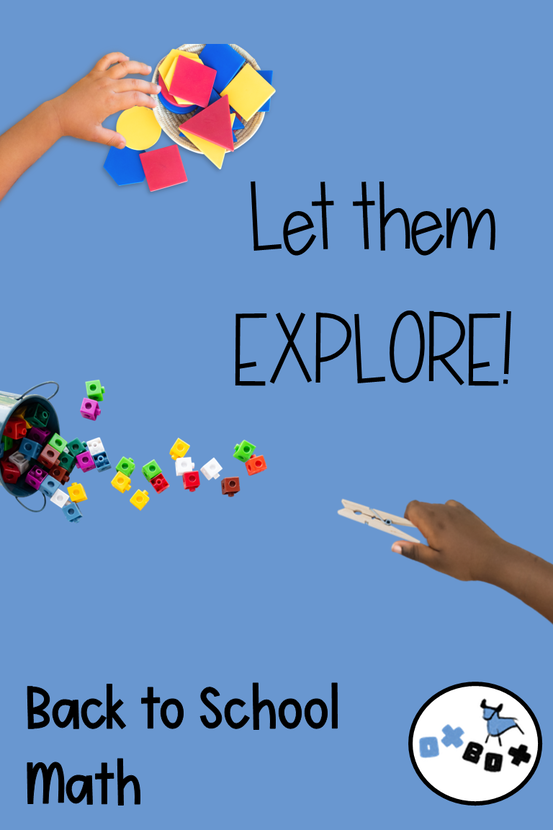

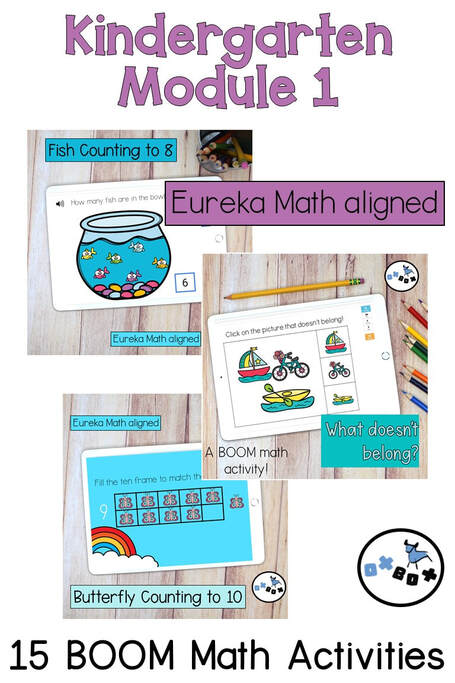





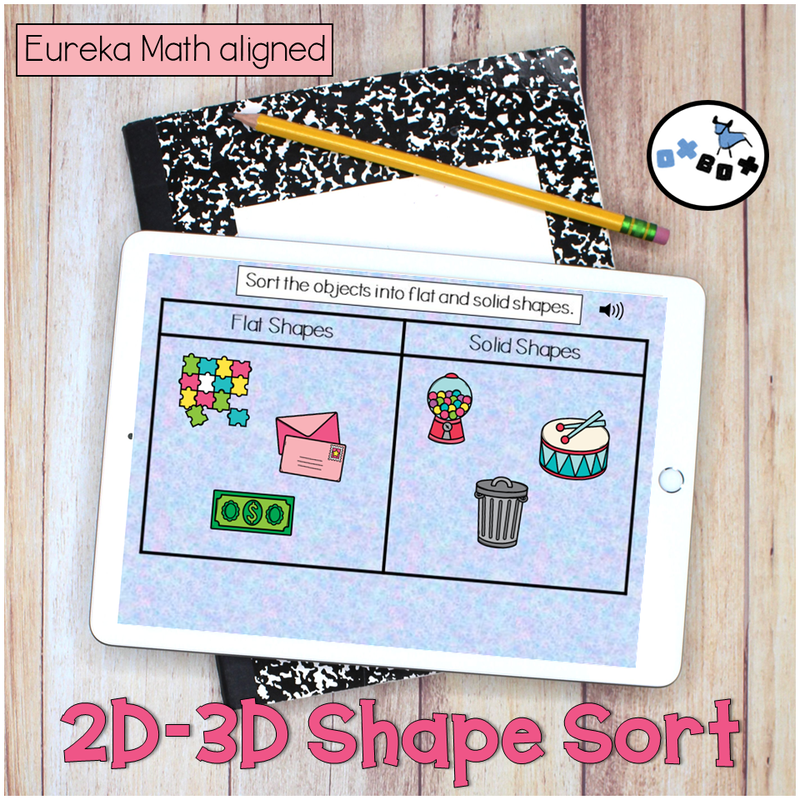
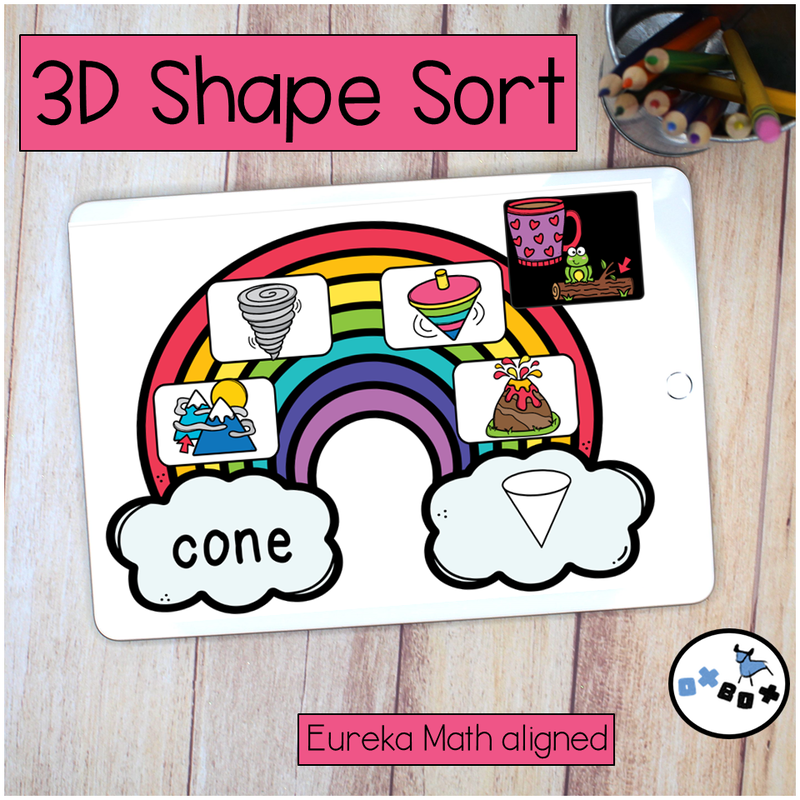


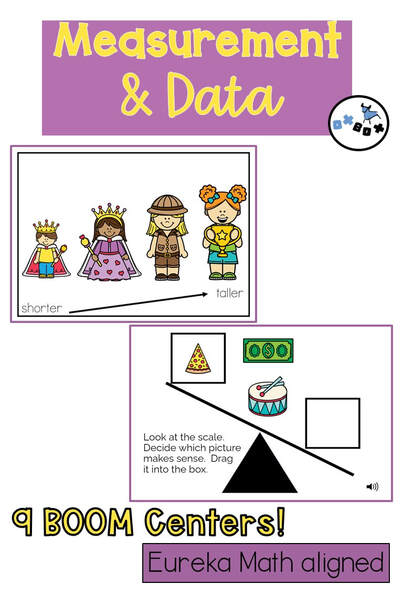
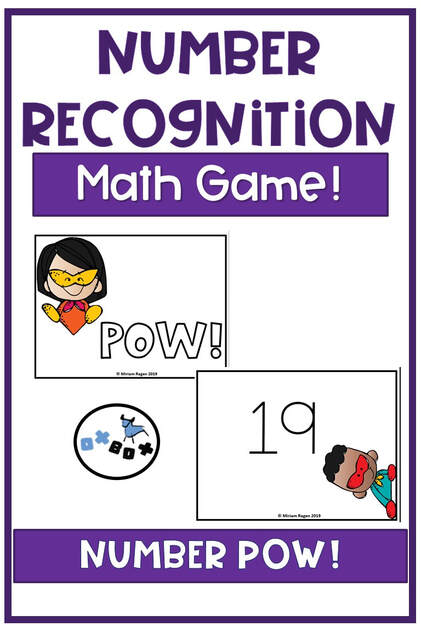


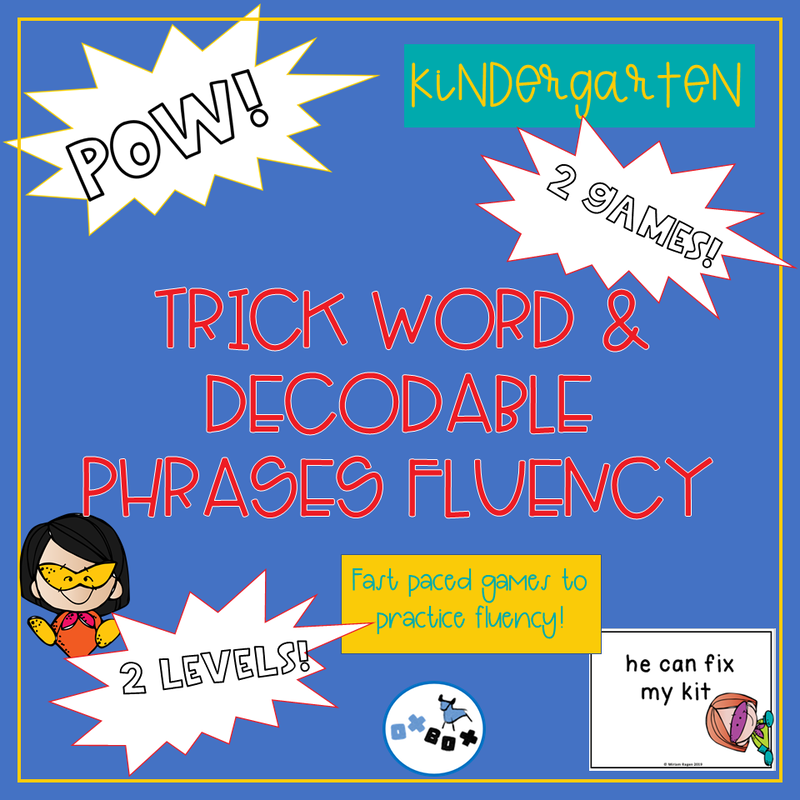






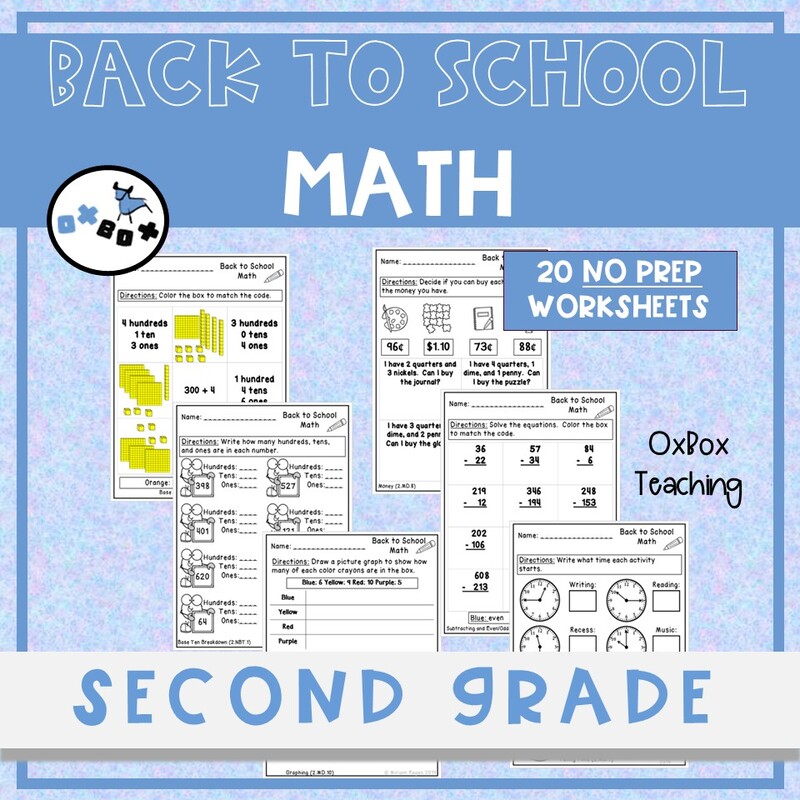

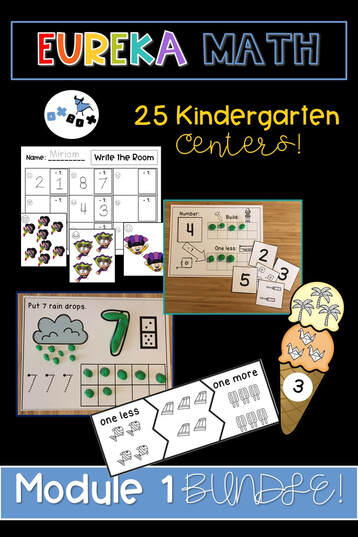




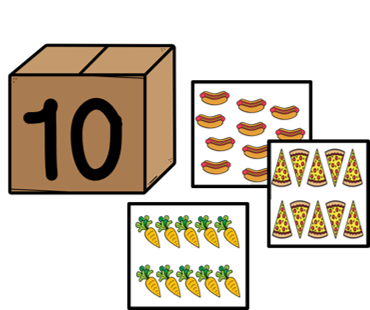



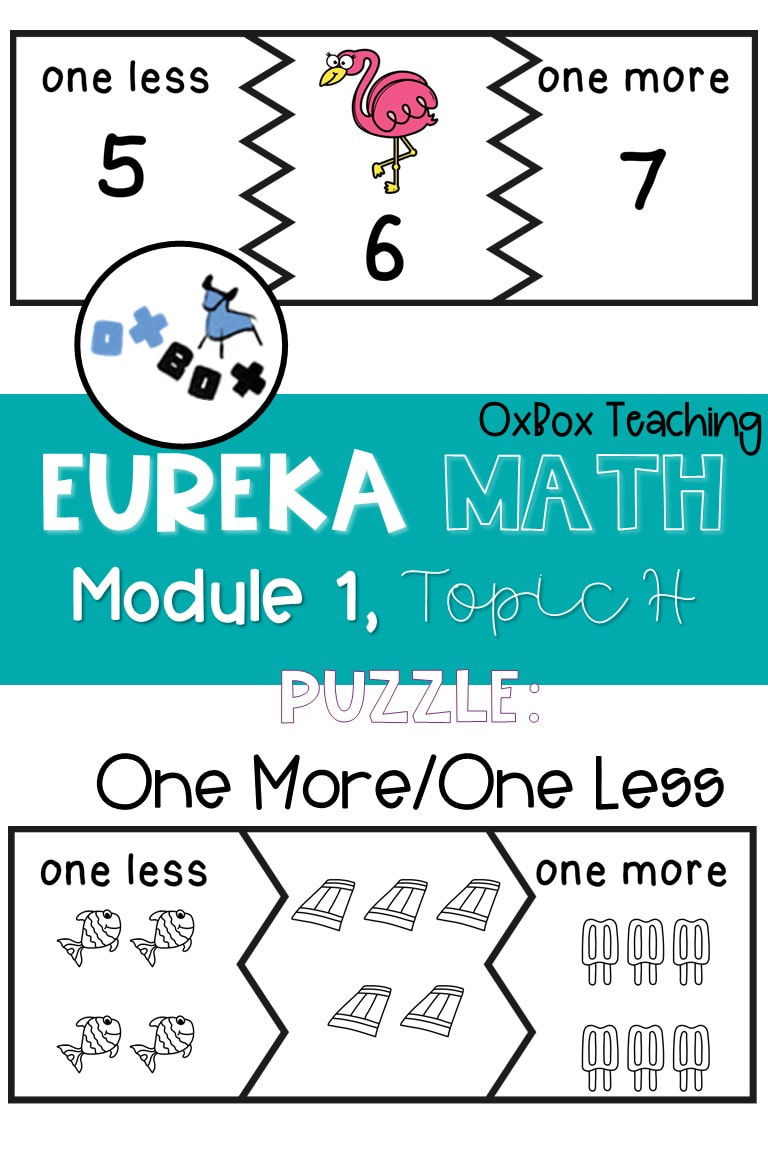




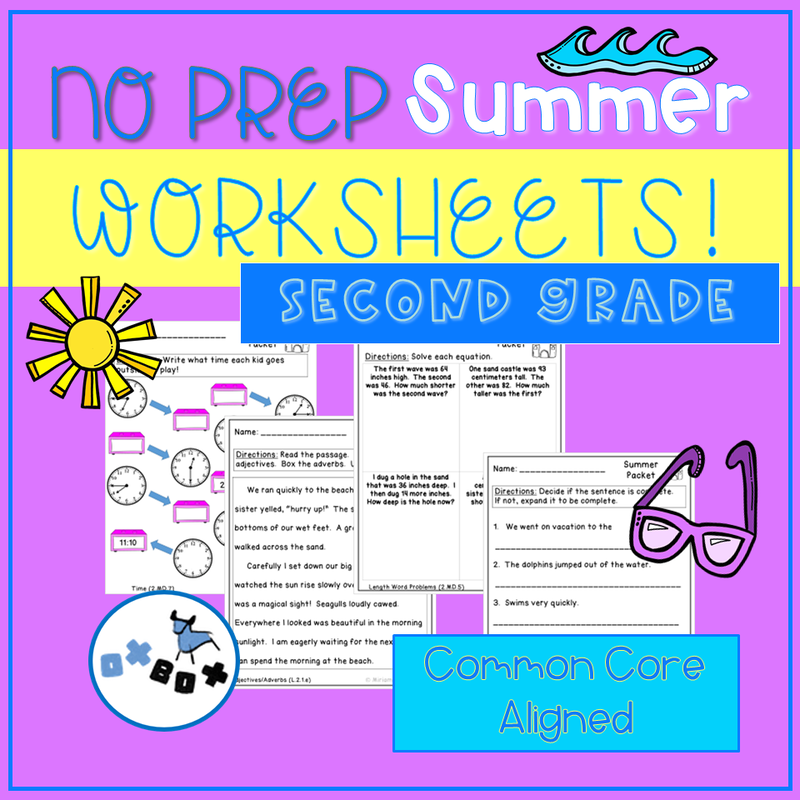


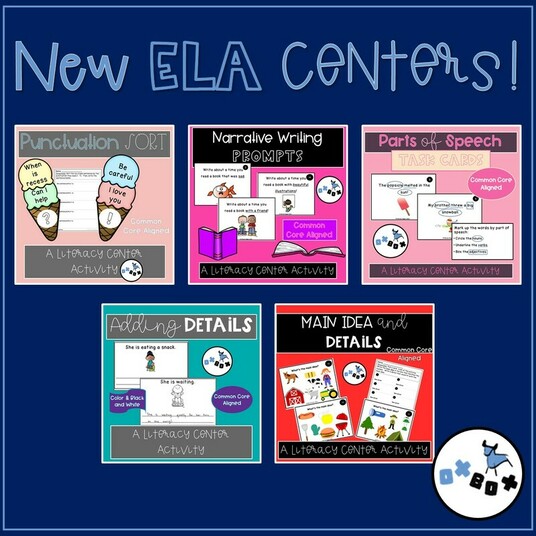

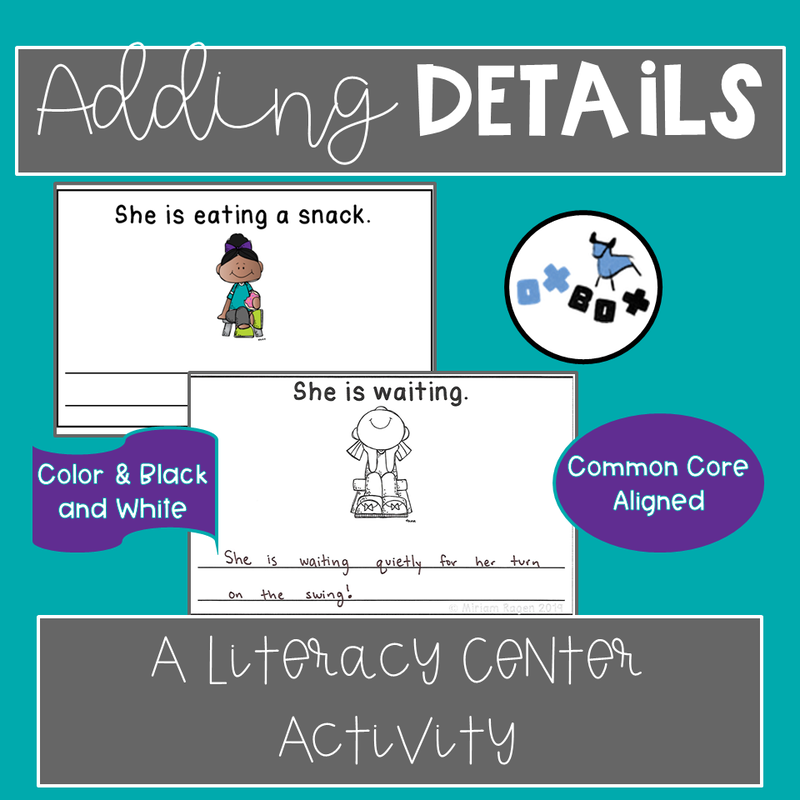




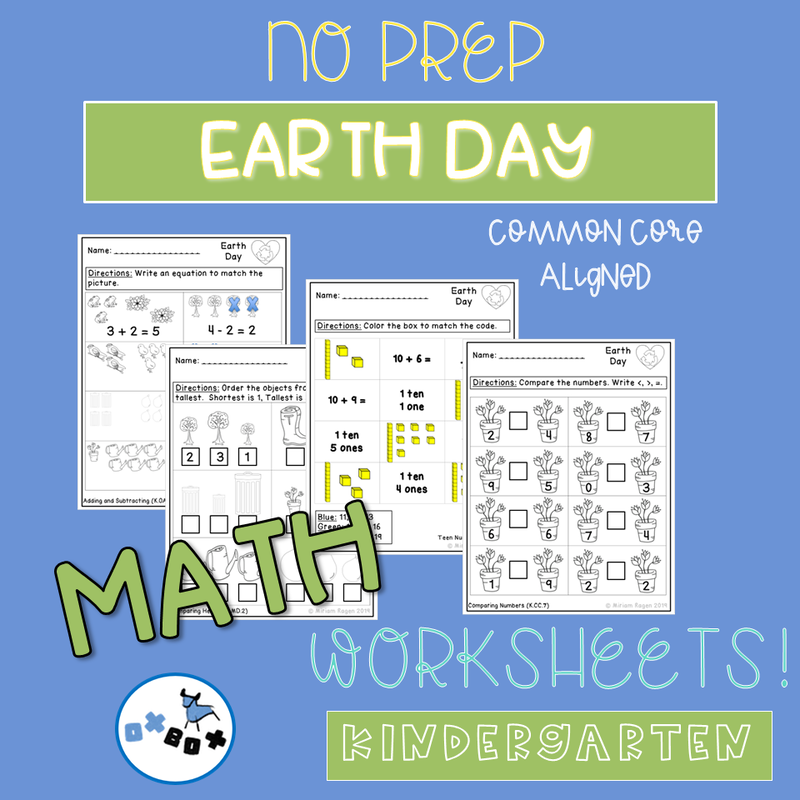

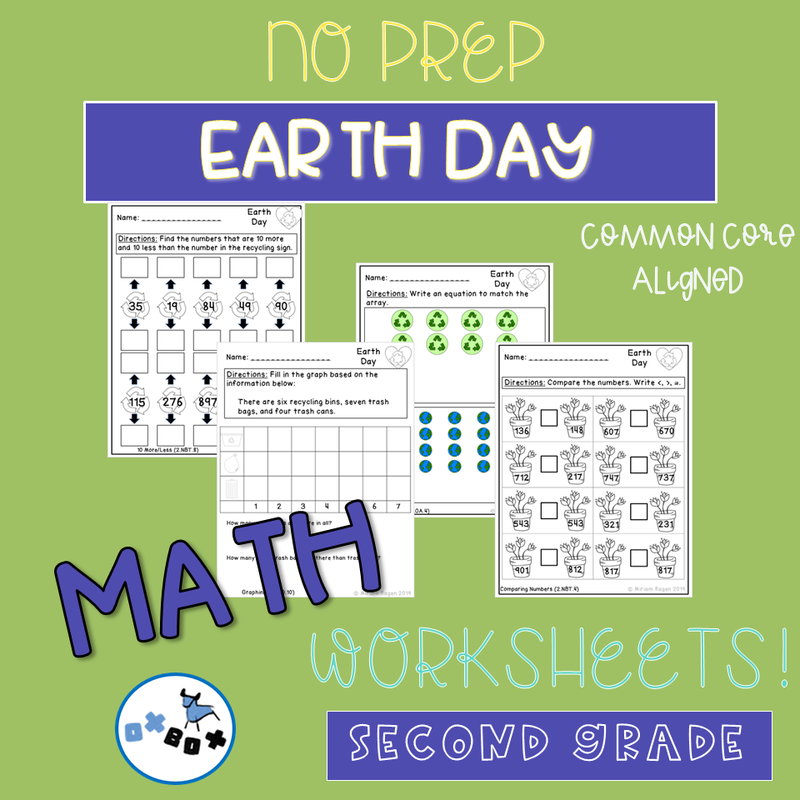





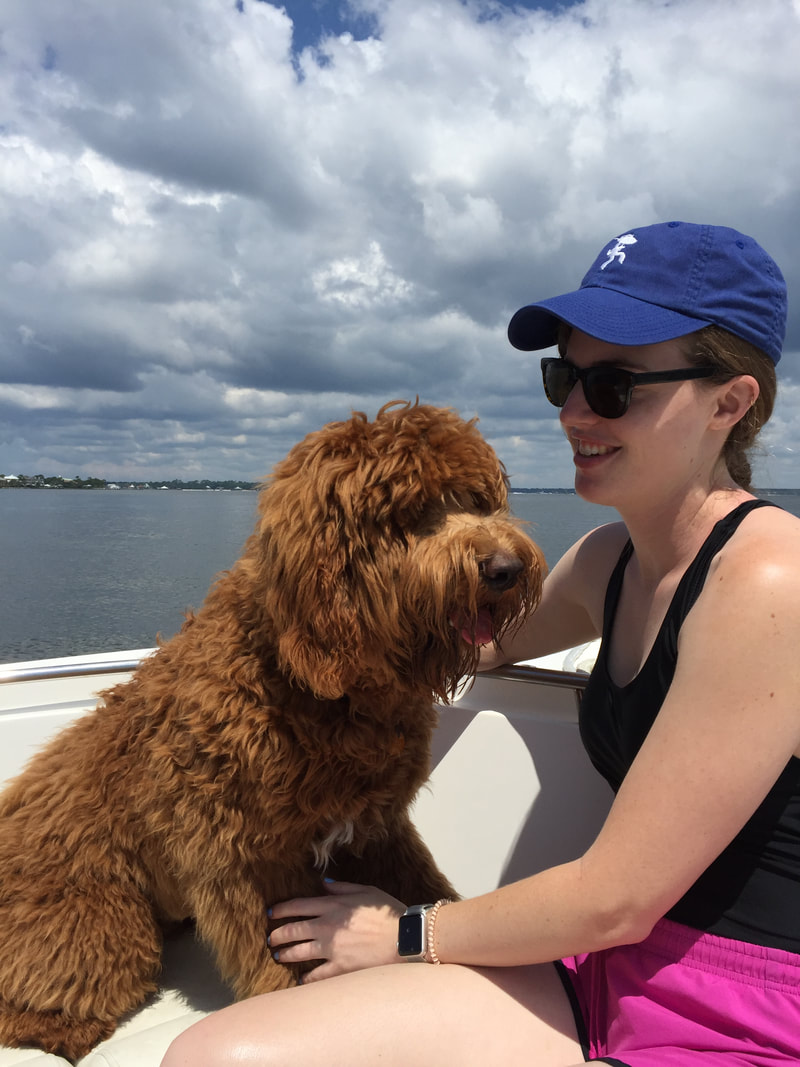
 RSS Feed
RSS Feed